White tea, a special treasure among China's tea categories, is one of the six major tea types and belongs to lightly fermented tea. Its main production areas are in Fuding and Zhenghe, Fujian. Light and refreshing, sweet and mellow, a cup a day brings endless aftertaste. Its finished tea is mostly buds, covered with white hairs, resembling silver or snow, hence the name white tea.
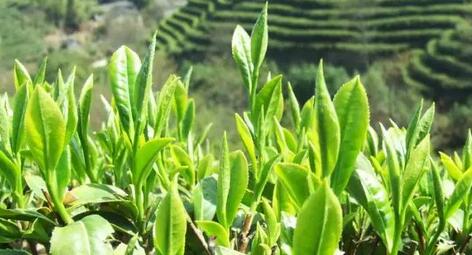
Today's recommended white tea is produced in Fuding.
White tea originates from Taimu Mountain. According to legend, Taimu Mountain was originally named Cai Mountain. During Emperor Yao's time, an old woman lived there, making a living by growing orchids. She was kind and charitable, deeply loved by the people. She once used the green snow bud tea she grew as a holy medicine to treat measles, saving many children. People were grateful and revered her as a deity, calling her Taimu, and the mountain was renamed Taimu Mountain.
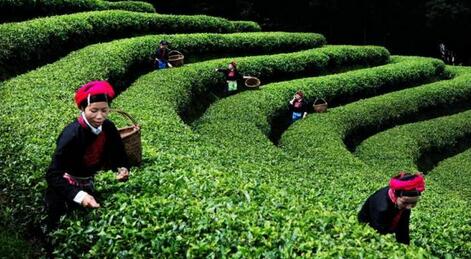
During Emperor Wu of Han's reign, the imperial attendant Dongfang Shuo was sent to confer titles on famous mountains across the land. Thus, Taimu Mountain was named the first of the thirty-six famous mountains and officially renamed Taimu Mountain. Today, the original mother tree of Fuding white tea, the green snow bud tea, planted by Taimu Niangniang, the cave where she discovered the green snow bud, and the well where she watered it still remain on Taimu Mountain. Over 150 years ago (around 1857), Chen Huan from Zhutou Village, Bailiu Township, transplanted this tea to his home, cultivating Fuding white tea. Its yield was higher than local tea varieties, and it made excellent red tea, green tea, and white tea. The silver needle tea, made from buds that are white, plump, and covered with fine hairs, is particularly distinctive.

White tea is not only sweet and mellow but also has many benefits and effects, as the saying goes: "One year as tea, three years as medicine, seven years as treasure."
"One year as tea": Because white tea is lightly fermented, the first-year white tea is similar to green tea in taste and is relatively cold in nature, making it unsuitable for those with cold constitutions. Its flavor is also relatively simple, possibly lacking richness.
"Three years as medicine": But white tea is magical. If stored properly for two or three years, the tea's internal components slowly change during storage. The aroma becomes more mature, and the color gradually turns from apricot-green to apricot-yellow or darker. When drinking, the aroma is mellow, and the taste becomes softer. The tea's nature also changes from cool to warm.
"Seven years as treasure": Strictly speaking, white tea stored for five or six years is considered aged. Over time, the compounds in white tea transform, becoming richer and more mellow, while retaining the distinctive aroma of white tea. The taste is fragrant, and the color is amber, bright and transparent. Drinking a few cups of this aged white tea can make one feel much more relaxed.

How to appreciate white tea? What are the key points?
White tea is characterized by complete buds covered with fine hairs, a fresh and clear aroma, a yellow-green and clear liquor, and a light, sweet aftertaste. The most notable feature of white tea is its silver-white hairs, giving it a "green and white" beauty. The buds are plump, the liquor is bright yellow, the taste is fresh and mellow, and the leaves are tender and even. After brewing, the taste is fresh and pleasant.
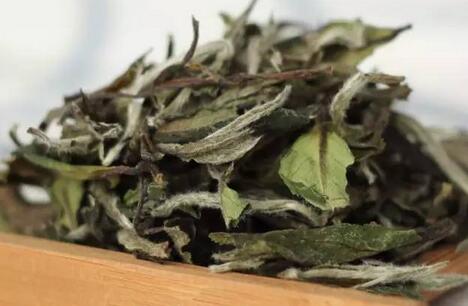
The leaves are plump and tender, with buds and fine hairs prominently visible. The aroma is fresh and pure, the taste is mellow and sweet, and the liquor is apricot-yellow and clear. With green leaves and silver-white buds, it resembles flowers. After brewing, the green leaves support the tender buds, like buds just beginning to bloom.
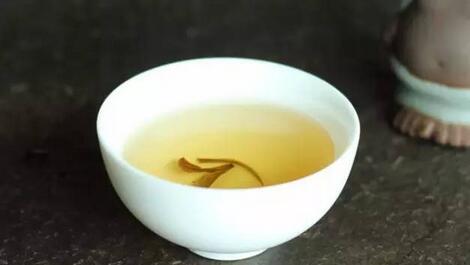
After brewing, the green leaves support the tender buds, creating a beautiful and elegant appearance, like peony buds in bloom, simple yet refined and stunning.
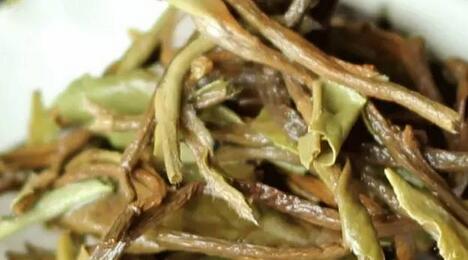
Why does white tea have so many white hairs?
Those who have observed tea trees carefully know that tea leaves naturally have "hairs." White tea, due to its minimal processing—sun-dried or lightly baked—retains these white hairs on the surface, which is why it appears white.
What are the key points in brewing white tea?
1. Cup brewing: Suitable for solo drinking. Use a 200ml transparent glass, add 3-5g of tea, rinse with hot water to warm and smell the aroma, then brew directly with hot water. Adjust brewing time according to personal taste.
2. Gaiwan method: Suitable for two people. Place 3-5g of Fuding white tea in a gaiwan, rinse with hot water to warm and smell the aroma, then brew like kung fu tea. The first brew takes 30-45 seconds, increasing slightly with each subsequent brew, allowing you to enjoy the fresh taste of Fuding white tea.
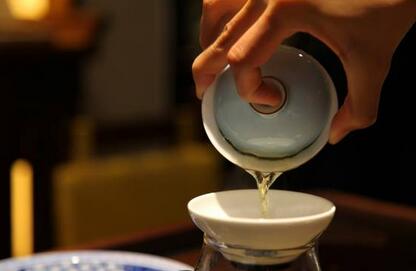
3. Pot brewing: Suitable for small gatherings. Use a large purple clay teapot or a large-capacity infuser, add 5-8g of Fuding white tea, rinse with hot water to warm and smell the aroma, and enjoy after 45 seconds. The characteristic is a rich and mellow aroma.
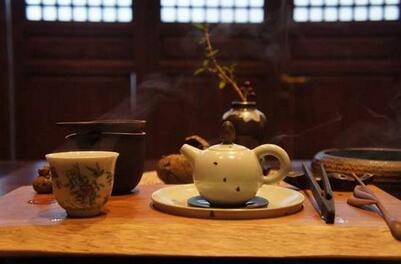
4. Boiling method: Add 10g of aged white tea (over three years) to boiling water, boil for about 3 minutes until the liquor is strong, then let it cool to 70°C and add large pieces of rock sugar or honey. Drink hot for a rich and unique taste. It can also be chilled in summer for a different flavor.

What are the key points in storing white tea?
As the saying goes, white tea is "one year as tea, three years as medicine, seven years as treasure." As a highly collectible tea, how should ordinary tea lovers store white tea at home?
In Chinese folklore, many believe that the older the white tea, the better. Therefore, white tea is not afraid of storage. For convenience, it is often pressed into cakes. The storage place should be dark, dry, and sealed. The storage method for white tea is very similar to that of Pu-erh tea. Simply put, storing white tea at home only requires airtight packaging and an odor-free environment.